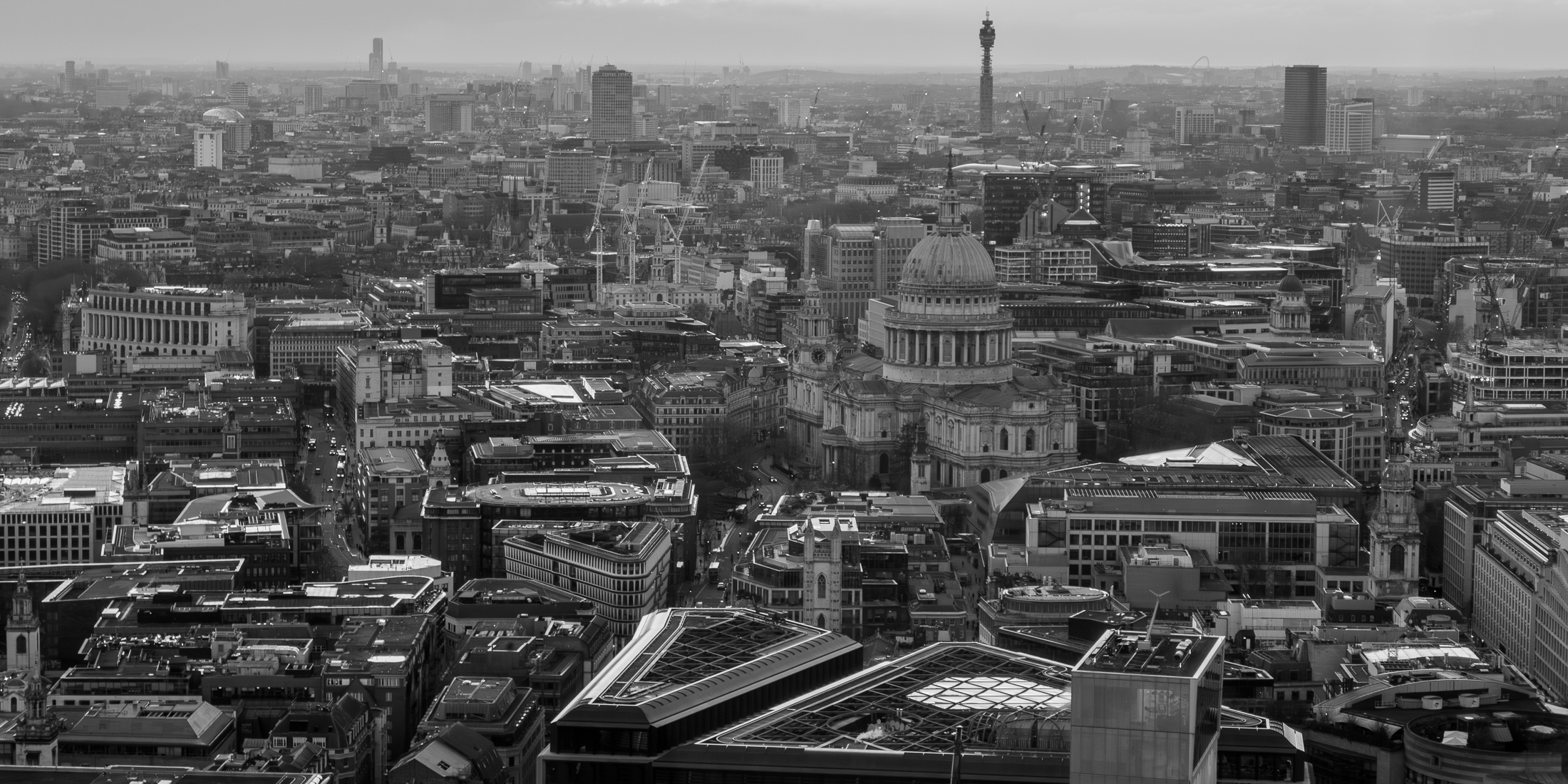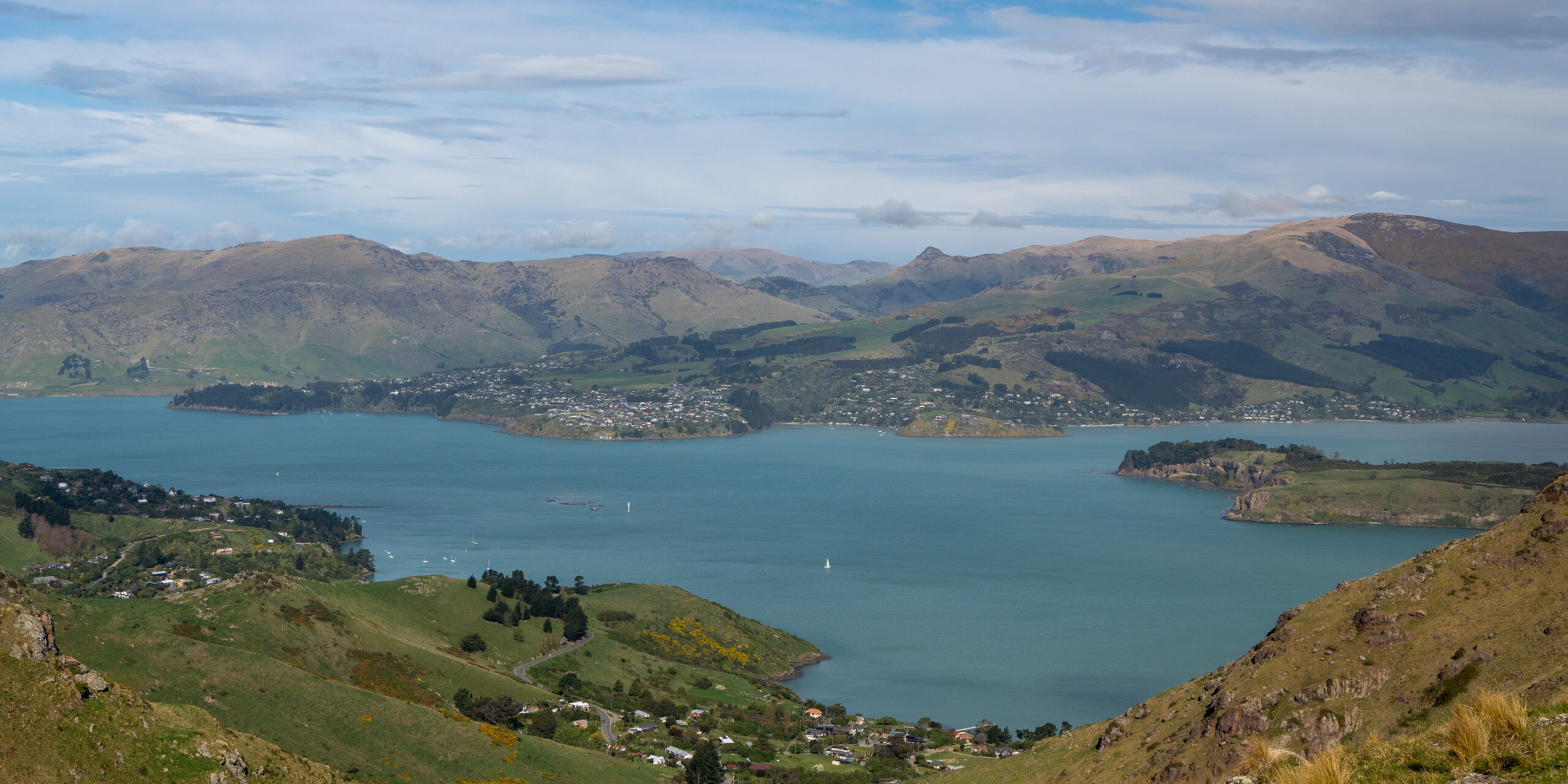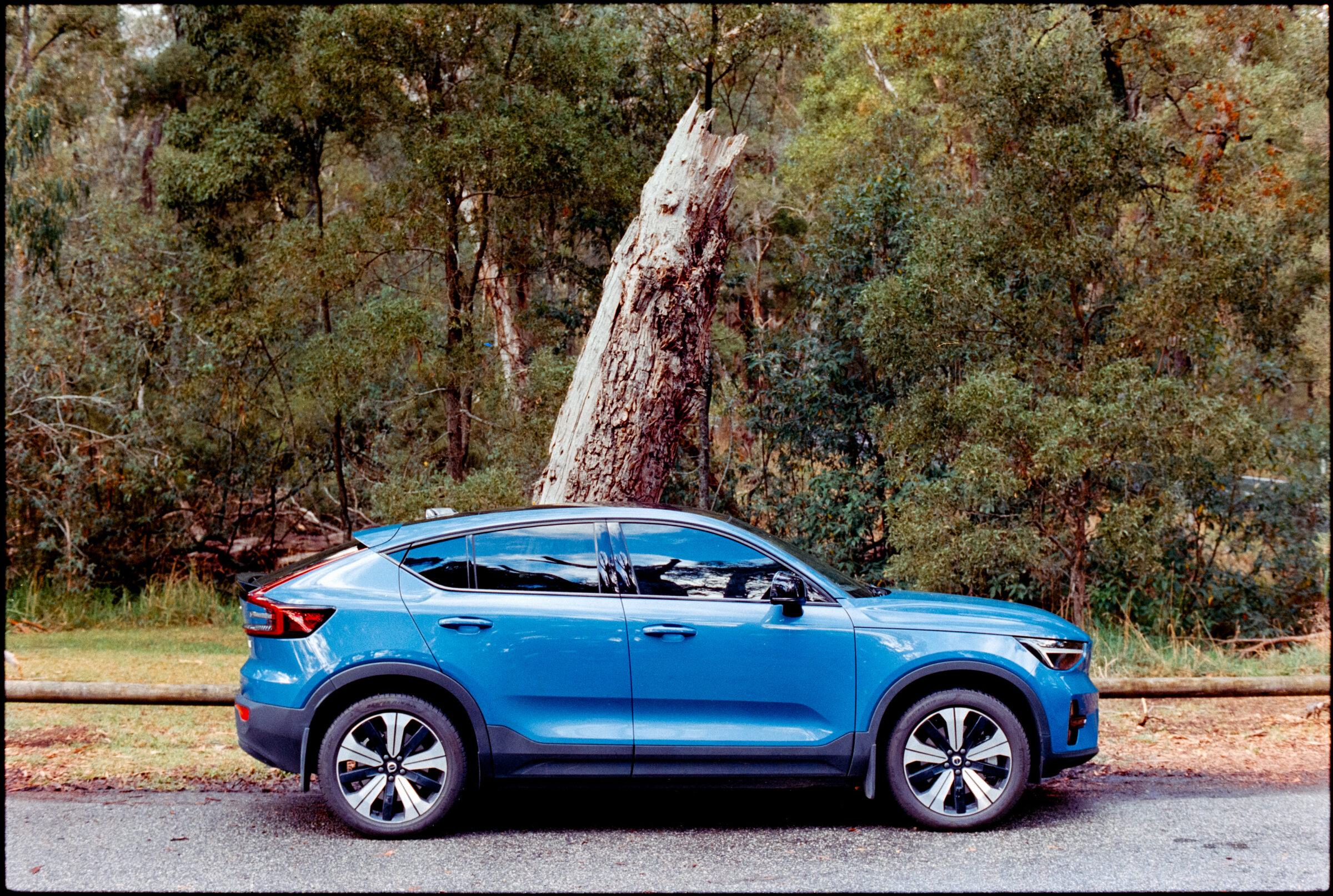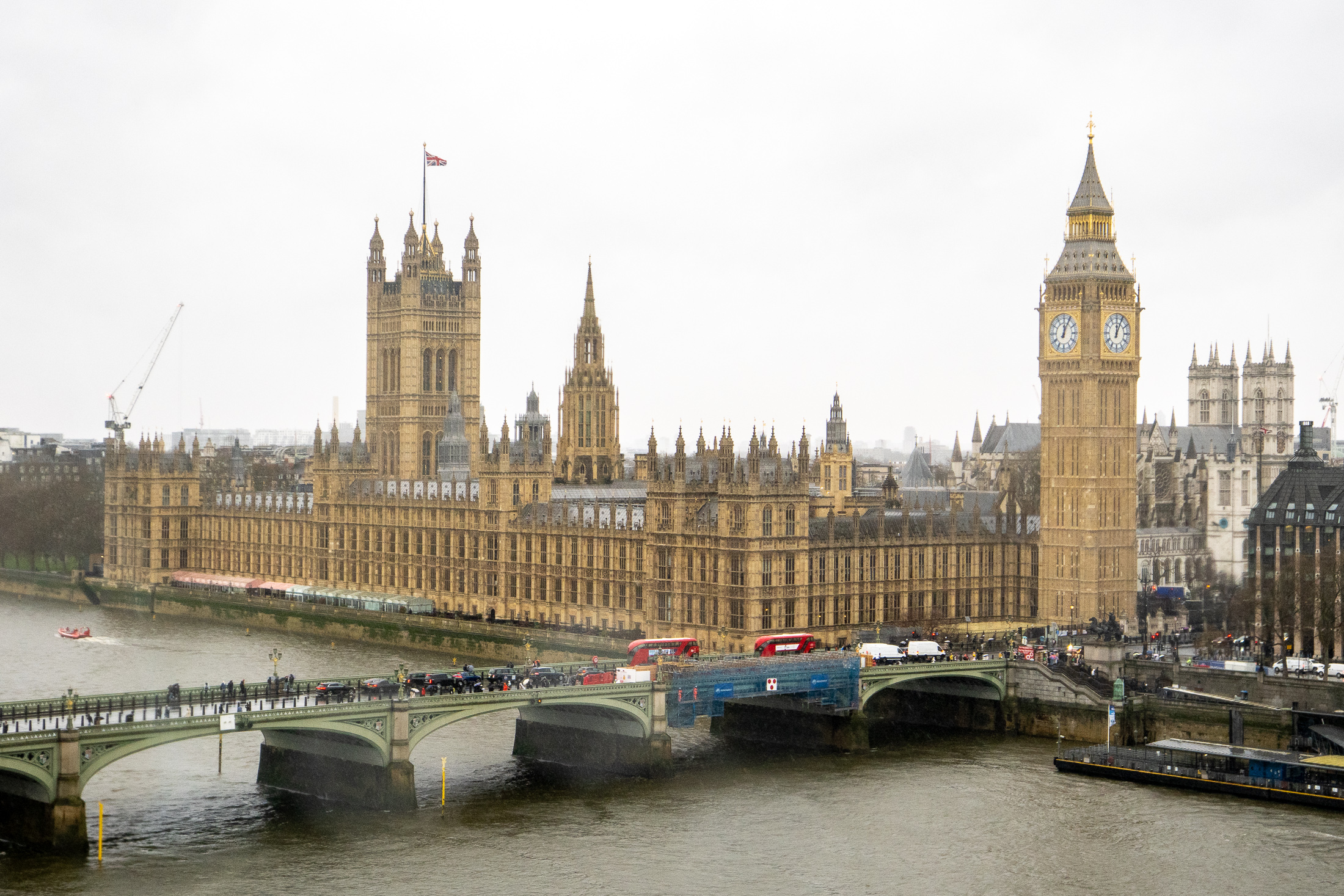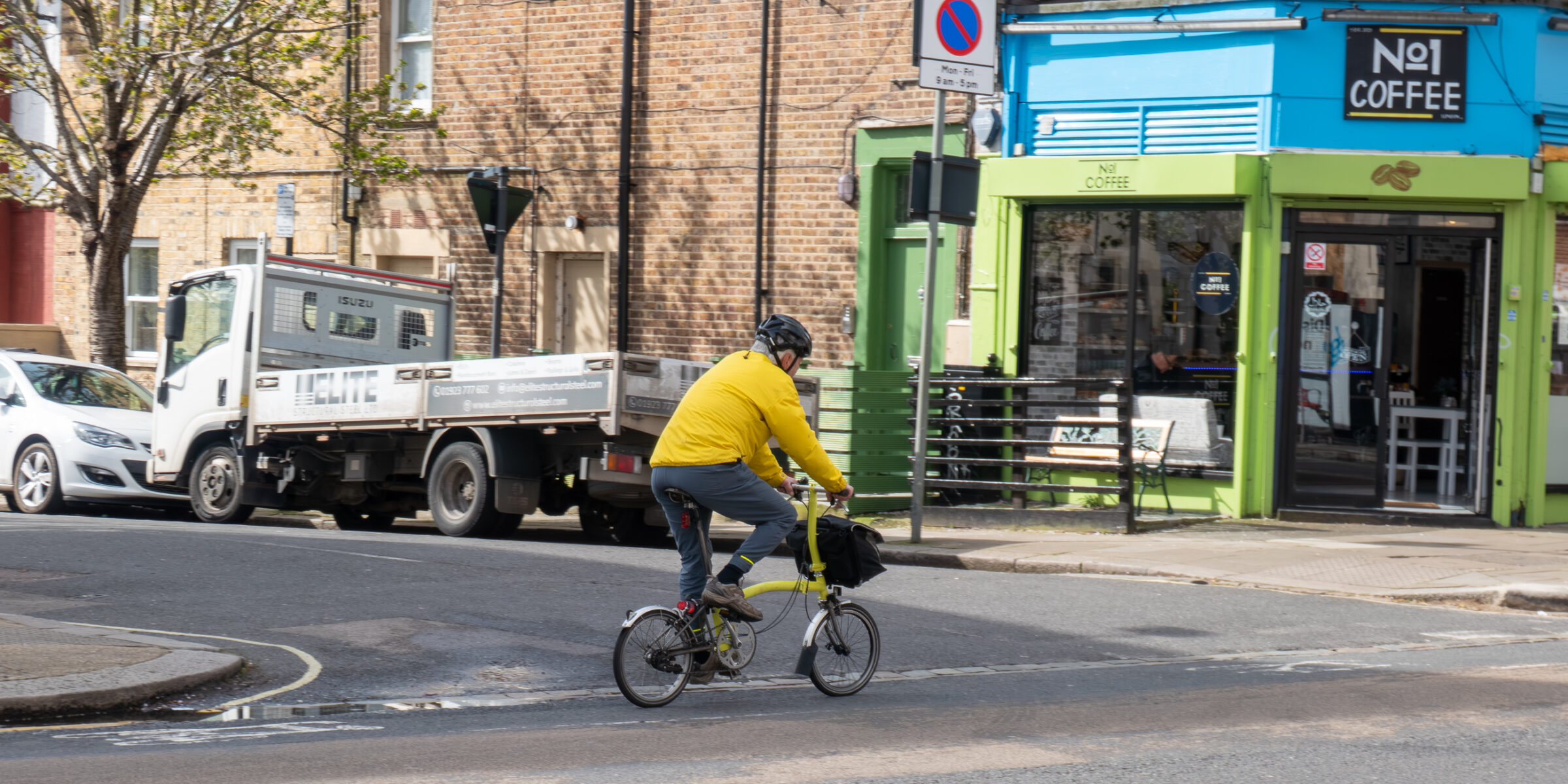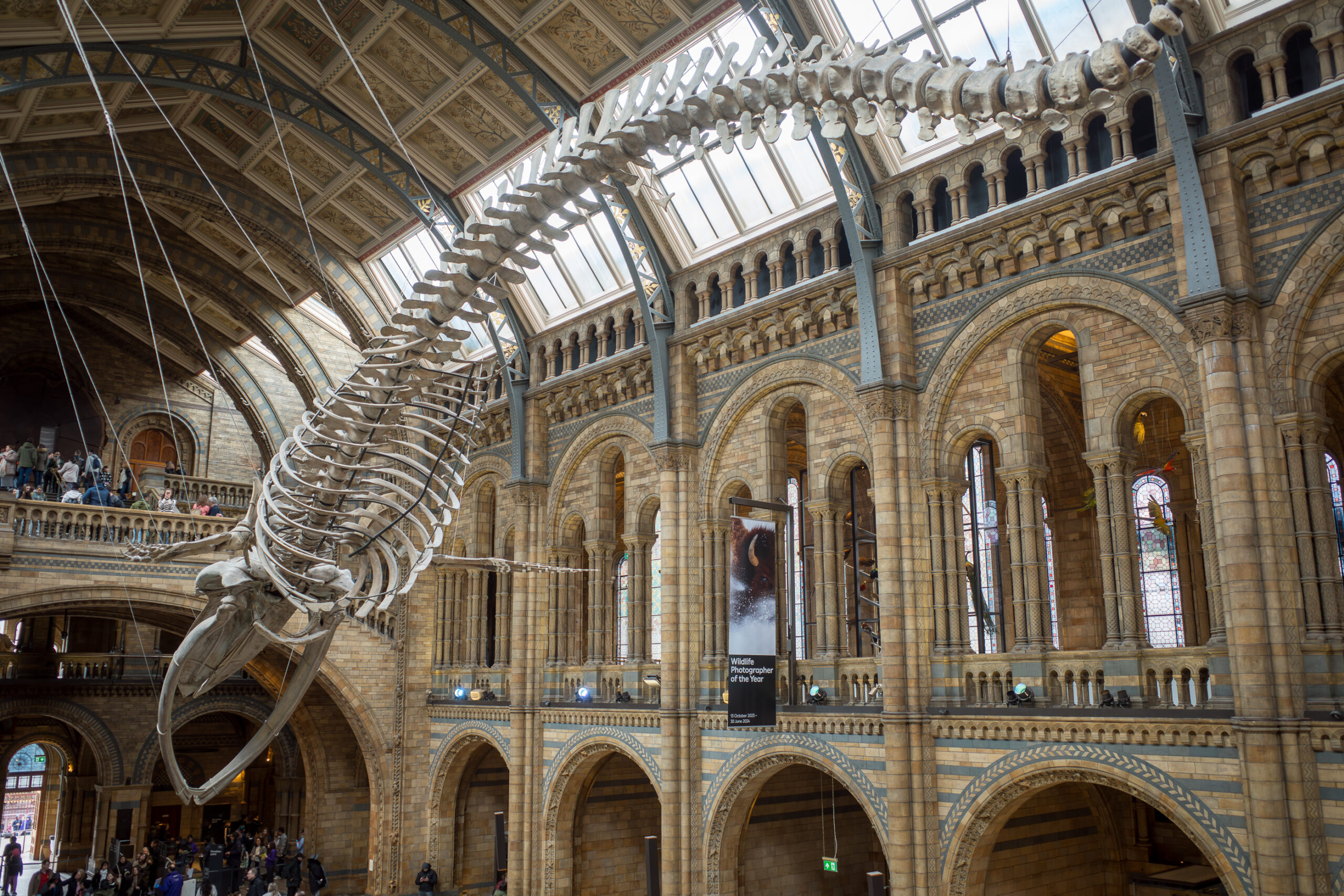Have I finished my other posts from UK last year? No. Do I still have photos from Easter to get done? Yes. But, if I don’t start this now, will I ever start it? Unclear.
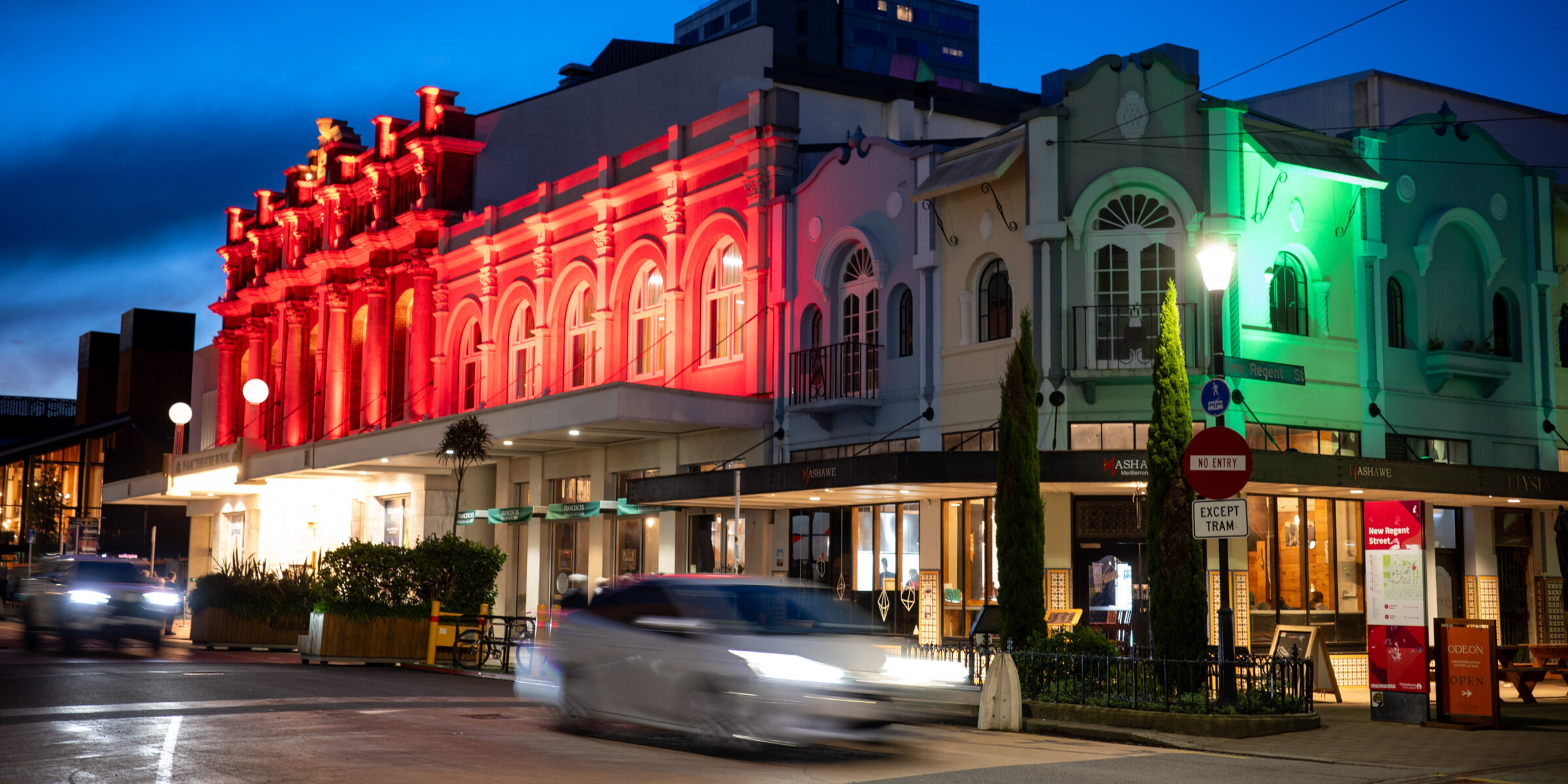
But what about the photos taken on film? Good question, maybe I’ll just draft this now and now publish it for a couple of months – after I process and scan the film.
(more…)